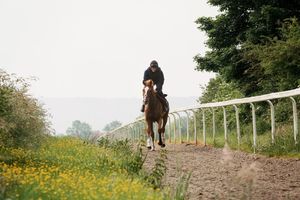
The Grand National
The Grand National, held annually at Aintree Racecourse near Liverpool, is the crown jewel of British jump racing. Established in 1839 by innkeeper William Lynn, this iconic steeplechase has become a cultural phenomenon, captivating millions worldwide with its blend of drama, tradition, and sheer endurance. The festival spans three days, combining top-tier racing with social spectacle. The race itself is a gruelling 4-mile, 514-yard (6.9 km) challenge over 30 formidable fences, including Becher’s Brook and The Chair, testing both horse and rider. Famous for underdog victories like Foinavon’s 100/1 shock win in 1967 and Red Rum’s historic three triumphs in the 1970s, the Grand National remains a highlight of the sporting calendar, drawing casual bettors and racing enthusiasts alike.

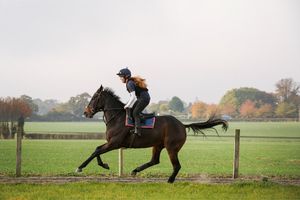
2025 William Hill Top Price Guarantee Handicap Hurdle: Ten-Year Trends and Betting Tips
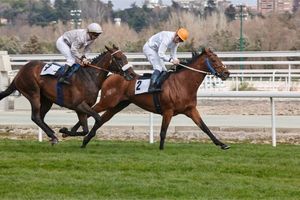
2025 Grand National Ladies Day: 10-Year Trends and Betting Tips
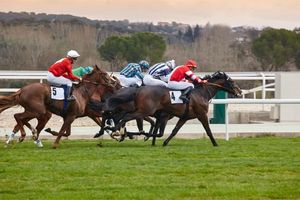
2025 Liverpool Hurdle: 10-Year Trends and Betting Tips
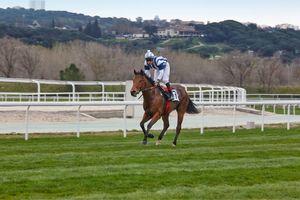
2025 Maghull Novices’ Chase: 10-Year Trends and Betting Tips
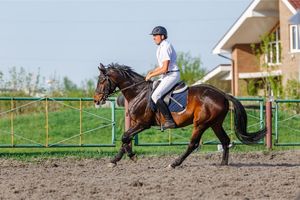
2025 Manifesto Novices’ Chase: Ten-Year Trends and Betting Tips
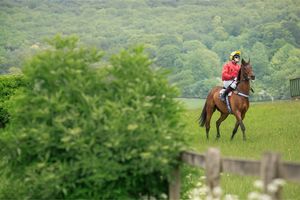
2025 Mersey Novices’ Hurdle: Ten-Year Trends and Betting Tips
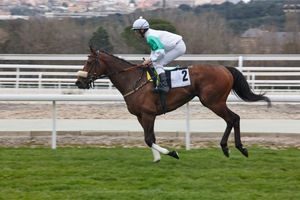
2025 Melling Chase: Ten-Year Trends and Betting Tips
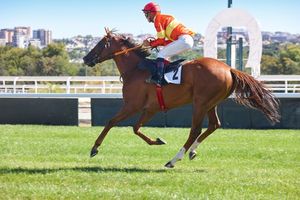
2025 Aintree Hurdle: Ten-Year Trends and Betting Tips
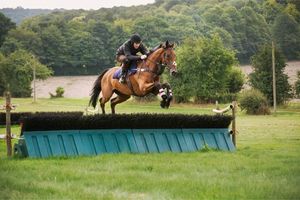
2025 Foxhunters’ Open Hunters’ Chase: Ten-Year Trends and Betting Tips
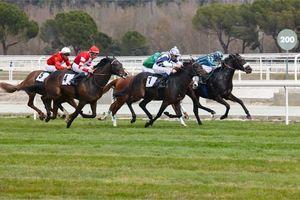
2025 Topham Chase: Ten-Year Trends and Betting Tips
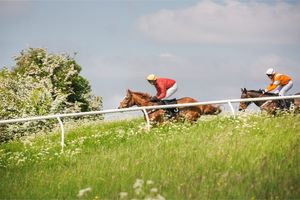
2025 Aintree Grand National: Ten-Year Trends and Betting Tips
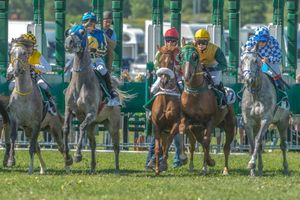
Grand National Festival Recap
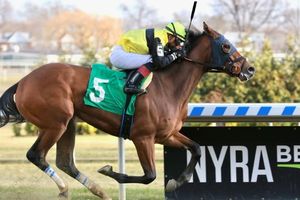
2024 Grand National Recap: Saturday 13th April
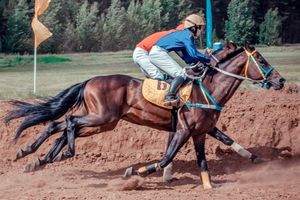
2024 Grand National Recap: Friday 12th April
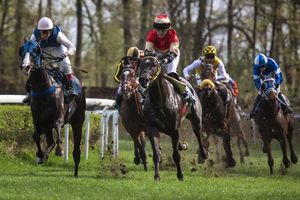
2024 Grand National Recap: Thursday 11th April
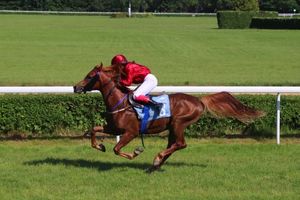
A Race Through Time: The History of the Grand National
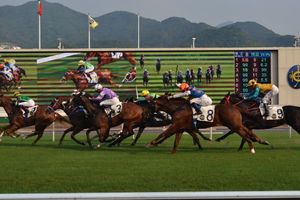
How to Bet on the Grand National?
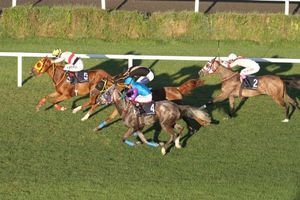
Aintree's Challenge: Unveiling the Racecourse Features
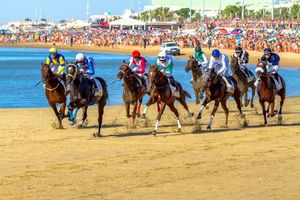
Understanding Grand National Odds
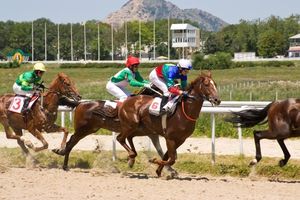
Ante-Post Betting: Grand National Focus
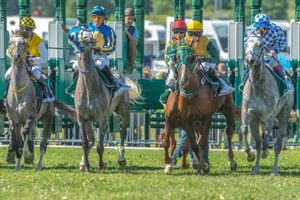
Accumulator Bets: Grand National Edition
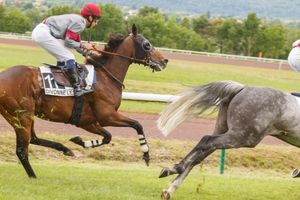
Non-Runner No Bet Policy in Grand National
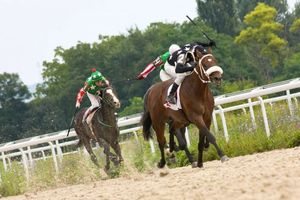
Guide to Each-Way Betting in Grand National
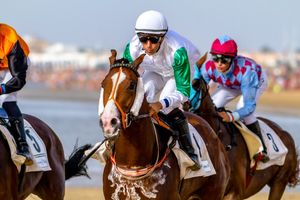
Mastering Tricast Betting in Grand National
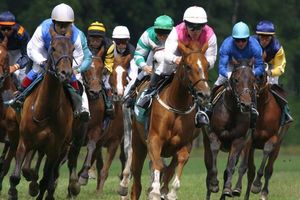
Forecast Betting Explained for Grand National
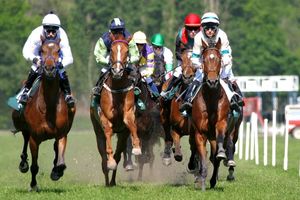
Live In-Play Betting During the Grand National
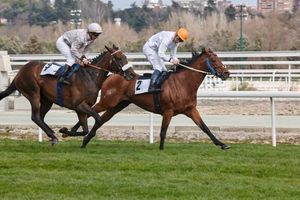
Fashion at the Finish Line: Grand National Style
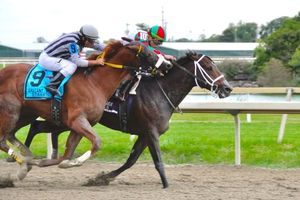
Legends of the Field: Famous Grand National Horses
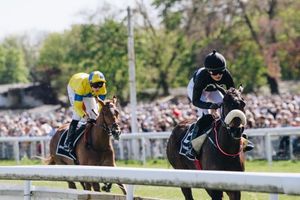
Winning Tactics: The Strategy of Grand National Success
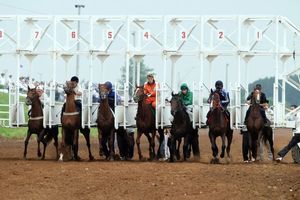
Jockeys of Distinction: Celebrating Grand National Achievements

Racing's Backers: The Role of Sponsorships in the Grand National
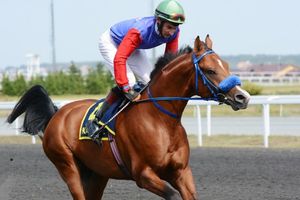
Thrills of the Track: Experiencing the Grand National Atmosphere
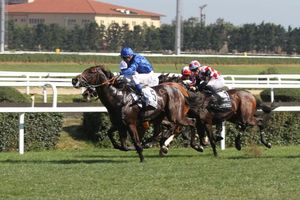
Weathering the Race: The Impact of Weather on the Grand National
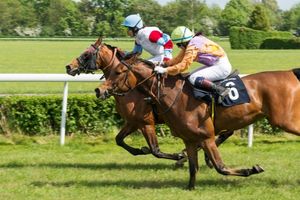
Preparing for Glory: Horse Training Secrets for the Grand National
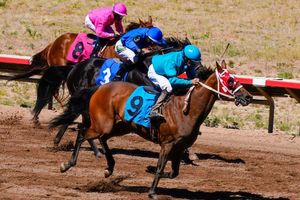
The Scoop6 Betting Phenomenon at Grand National
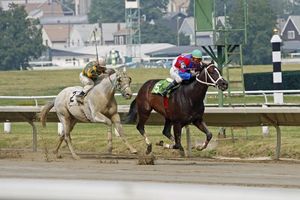
Grand National Quadpot Betting Guide
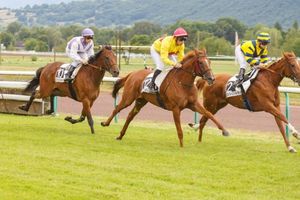
Exacta Betting Tips for Grand National
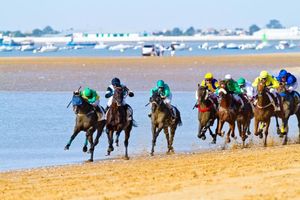
Understanding Swinger Betting in Grand National
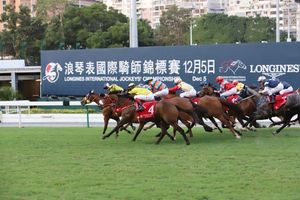
Making the Most of Lucky 15 Bet at Grand National
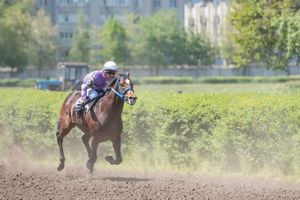
Memories of the Race: Collecting Grand National Memorabilia
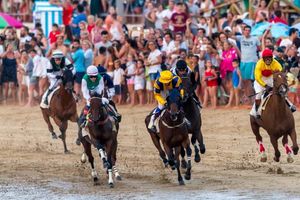
Lucky 31 Bet Strategies for Grand National
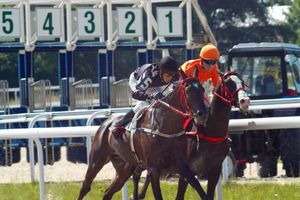
Maximising Gains with Lucky 63 Bet in Grand National
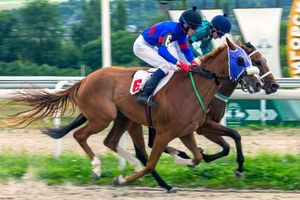
Fixed Odds Betting in the Grand National
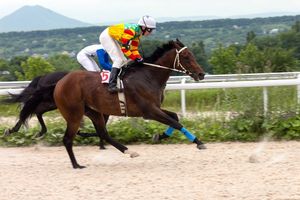
Spread Betting and the Grand National
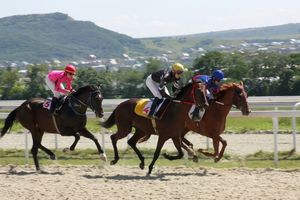
Placepot Betting Strategy for Grand National
2025 Grand National Races by Day
Day 1: Opening Day (Thursday, 3 April 2025)
Kicking off the festival with Grade 1 races and high-energy action:
- EBC Group Manifesto Novices’ Chase (1:45pm, 2m 4f): A test for emerging chasers, this Grade 1 race sets the tone for the festival. Notable for showcasing future Grand National contenders.
- Boodles Anniversary 4-Y-O Juvenile Hurdle (2:20pm, 2m 1f): Exclusive to four-year-olds, this race highlights young hurdlers with potential to dominate future seasons.
- Aintree Bowl Chase (2:55pm, 3m 1f): A premier staying chase, often featuring Cheltenham Gold Cup runners. Past winners include legends like Kauto Star.
- William Hill Aintree Hurdle (3:30pm, 2m 4f): A Grade 1 hurdle attracting elite hurdlers, such as former champion Constitution Hill.
- Randox Foxhunters’ Open Hunters’ Chase (4:05pm, 2m 5f): Amateur riders and seasoned hunter chasers take centre stage in this crowd-pleaser.
Day 2: Ladies Day (Friday, 4 April 2025)
A blend of fashion and racing, with seven races including four Grade 1 events:
- Mildmay Novices’ Chase (1:45pm, 3m 1f): A stamina test for novice chasers, named after Aintree’s historic Mildmay Course.
- William Hill Handicap Hurdle (2:20pm, 2m 4f): A competitive Premier Handicap offering clues for future stars.
- Trustatrader Top Novices’ Hurdle (2:55pm, 2m ½f): A speed-focused Grade 1 race for hurdlers on the rise.
- Melling Chase (3:30pm, 2m 4f): Known as the "Jumps Sprint," this Grade 1 chase demands precision at pace.
- Randox Topham Handicap Chase (4:05pm, 2m 5f): Run over the Grand National fences, this race serves as a thrilling preview of Saturday’s main event.
Day 3: Grand National Day (Saturday, 5 April 2025)
The pinnacle of the festival, featuring the world’s most famous steeplechase:
- Liverpool Hurdle (3:05pm, 3m ½f): A Grade 1 staying hurdle, often a rematch for Cheltenham Festival rivals.
- Randox Grand National Handicap Chase (4:00pm, 4m 2½f): The main event! Thirty-four runners tackle 30 fences, including Becher’s Brook and The Chair. With £1m in prize money and a global audience of 600 million, it’s racing’s ultimate test.
- Maghull Novices’ Chase (5:00pm, 2m): A Grade 1 sprint chase closing the festival, often won by future Champion Chase contenders.
2025 Grand National: Key Details
The 2025 Randox Grand National Festival runs from Thursday 3 April to Saturday 5 April, culminating in the headline race at 4:00pm BST on Saturday. Defending champion I Am Maximus (2024 winner) aims to join legends like Red Rum with back-to-back victories, facing rivals such as Irish National winner Intense Raffles and Cheltenham hero Stumptown. Safety remains a priority, with the field reduced to 34 runners and fence modifications to improve horse welfare. The going is forecast as good to soft, with sunny skies expected. Coverage airs live on ITV and Racing TV, while tickets (from £40 for general entry) are still available via The Jockey Club’s website.
Whether you’re drawn by the thrill of the chase, the glamour of Ladies Day, or the chance to spot future stars, the 2025 Grand National promises unmissable drama.



